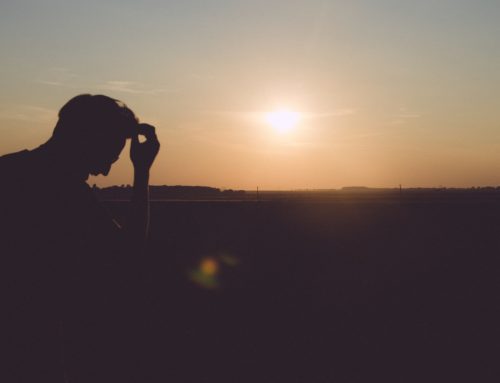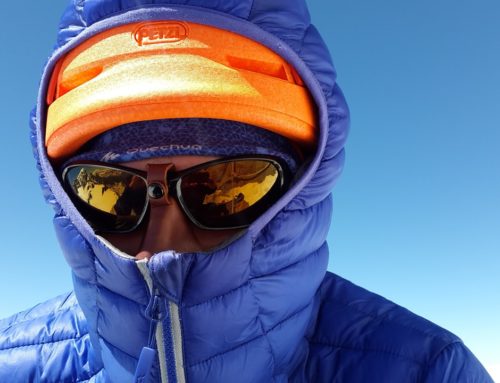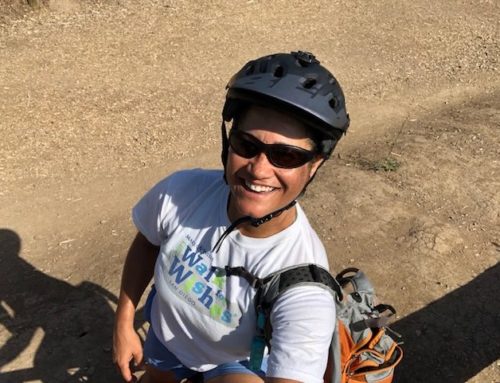The 6 Essential Categories
Last week I started a 2-part series on building a day pack, called Day Pack Essentials. This week I plan to go more in-depth into the 6 essential categories you need when putting together a good pack:
- Water/ food
- Medical emergency
- Light
- Fire
- Shelter
- Tools

Emergency Light
Water – It’s amazing how often I see people hiking without water. This just kills me! This should be your #1 on any day trip. On any day, you should consume half your body weight in ounces per day, and more on days you are exposed to the elements. If you weight 200 lbs, you should consume 100 ounces of water per day. I also always bring a nutrition bar in case I’m out longer than planned.
For carrying water, I prefer a hydration pack because you can drink while on the go. However, there’s a lot of amazing products on the market now, and I recently picked up a Life Straw. I have the basic one that I keep in the day pack as it’s light and doesn’t take up much space. Pretty amazing device in case you consume more water than expected and come across a water source.
Another point worth bringing up is someone else may need water. This happened to me while mountain biking here in the Mission Trails area when our friend, Heather, ran out of water. She started to vomit and go into heat exhaustion. The conditions were much warmer than expected and the couple hours we planned on ended up to be almost 7. It wasn’t a pretty sight, and to make a long story short, I gave all my own water to away. We ultimately had to carry Heather and her bike out but everyone lived. Whew!

Medical Kit and Snakebite Kit
Medical Emergency – I hope I never need to use a snakebite kit, but I’d rather have one and not need it than the other way around. With rattlesnakes here in the San Diego area that like to sun themselves on the trail, this simple little kit could save your life or prevent the lose of a limb. In addition, sunscreen and a basic medical kit along with Benadryl is a must. This simple little pill can keep your airway open if you have an allergic reaction to fire ants, bees, etc, until you get medical help.

Flashlight, Case and Headlamp
Light – I always pack in a reliable flashlight as well as a headlamp, as I can’t imagine trying to make it back on a trail in the dark. Headlamps are nice as they allow you to be hands-free, but I always bring a backup source, like a flash light. In addition, it’s a good idea to keep some extra batteries in your pack.
Fire – I pack a Zippo lighter, since they’re wind proof. But it never hurts to bring some water proof matches or a magnesium flint too. Fire can provide so many things: heat, light, signal, and keeps critters away. You don’t want to short cut things in this department.
Shelter – at the bare minimum I recommend you get a cheap foil blanket as it’s a God send when you’re cold. You can pick up one for $3 – $5 and it only takes up about as much space as a folded bandana. And while a backpacking tent is way too bulky and heavy, a tube tent is small and light. I got one for around $8 that comes complete with what you need for quick and easy set-up from Campmor.

Gerber Knife
Tools – And last, a good knife and/ or mulit-tool is essential. I carry both because having a pliers and screw drivers can be really handy. I’d consider a solid shaft knife instead of a folding knife, as sometimes they break.I addition to these basics, I carry a signaling mirror, an emergency light, a monocular, and a few other choice pieces of equipment. You will learn what you need the more you hit the trail.
If you found this helpful, please consider sharing. See you next week and remember, life’s an adventure!
Melissa
OptimumCondition.com
(619) 252-4993
Empowering people through fitness, education, and coaching




